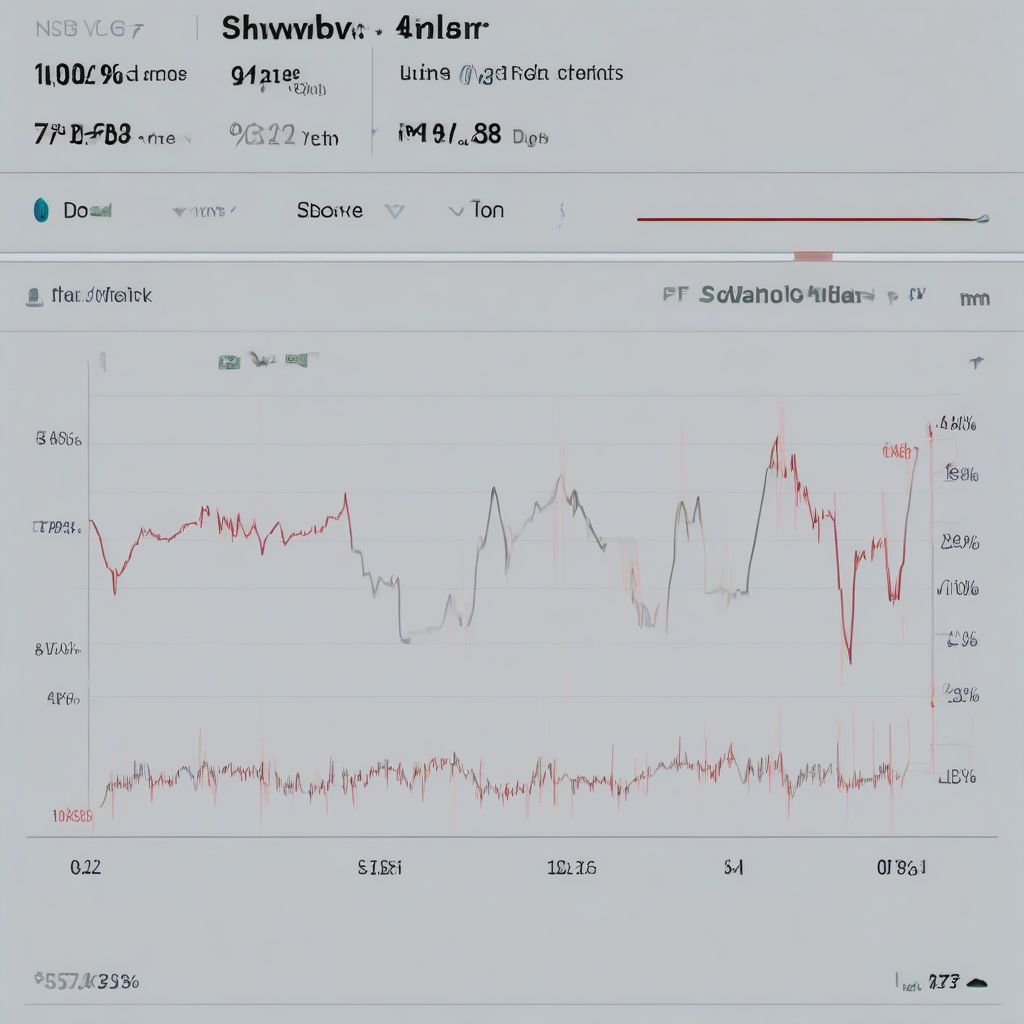The closing bell rings, but your trading day doesn’t have to end there. Schwab After Hours Trading allows you to buy and sell securities outside of regular market hours, giving you more flexibility and the opportunity to react to news and events as they happen. But is after-hours trading right for you? This comprehensive guide will break down everything you need to know about Schwab after hours trading, from its benefits and risks to how you can participate.
Understanding After-Hours Trading
What is After-Hours Trading?
After-hours trading refers to the buying and selling of securities on electronic communication networks (ECNs) after the major stock exchanges have closed. For the New York Stock Exchange (NYSE) and the Nasdaq Stock Market, after-hours trading is from 4:00 PM to 8:00 PM EST.
Why Trade After Hours with Schwab?
Schwab is a popular choice for after-hours trading due to its user-friendly platform, access to multiple ECNs, and competitive fees. Here’s why you might consider after-hours trading:
- React to Breaking News: Earnings reports, economic data releases, and geopolitical events often occur outside of regular trading hours. After-hours trading allows you to respond quickly to these events, potentially capitalizing on price movements.
- Greater Flexibility: Busy schedules shouldn’t limit your trading opportunities. After-hours trading offers flexibility for those who can’t actively trade during the day.
- Potential for Price Improvement: While liquidity can be lower during after-hours sessions, there may be opportunities to buy at lower prices or sell at higher prices than during regular trading.
trading.juneglow.vn/wp-content/uploads/2024/07/schwab-after-hours-trading-chart-66a1dd.jpg" alt="Schwab After-Hours Trading Chart" width="1024" height="1024">Schwab After-Hours Trading Chart
Risks and Considerations of Schwab After Hours Trading
While after-hours trading offers advantages, it’s essential to understand the risks:
Lower Liquidity:
After-hours trading typically sees lower trading volumes than regular market hours, potentially leading to wider bid-ask spreads and increased volatility.
Price Volatility:
The lower liquidity can result in more significant price swings, making it riskier for inexperienced traders.
Partial Order Executions:
Due to lower liquidity, there’s a possibility that only a portion of your order may be filled during after-hours trading.
How to Participate in Schwab After Hours Trading
- Open a Schwab Account: If you don’t already have one, you’ll need to open a Schwab brokerage account.
- Fund Your Account: Ensure you have sufficient funds in your account to cover your trades.
- Access the Schwab Trading Platform: Log in to your Schwab account online or through their mobile app.
- Place Your Order: Select the security you want to trade and choose the “After Hours” option.
- Monitor Your Order: Keep a close eye on your order as it may be filled partially or experience delays due to liquidity.
Tips for Successful After-Hours Trading
- Do Your Research: Thoroughly research companies and news events before making any trading decisions.
- Use Limit Orders: Limit orders allow you to set a specific price at which you’re willing to buy or sell, helping you manage risk in volatile conditions.
- Start Small: Begin with small trades as you gain experience and become more comfortable with the dynamics of after-hours trading.
Conclusion
Schwab after-hours trading provides an opportunity to react to market events and potentially capitalize on price movements outside of regular trading hours. However, it’s crucial to be aware of the risks involved, particularly lower liquidity and increased volatility. By understanding the mechanics of after-hours trading, using risk management strategies, and conducting thorough research, you can make informed decisions that align with your investment goals.
Do you have any experiences with after-hours trading? Share your thoughts and questions in the comments below!
